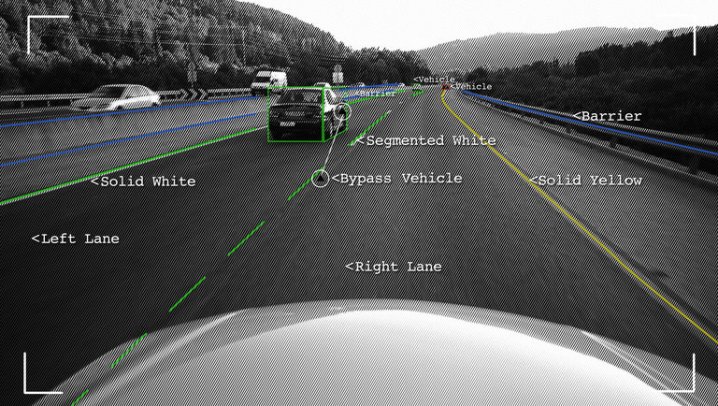
The promise of self-driving cars is speeding ever closer to fruition, but as evidenced last week, automakers and tech companies still have quite a bit of work to do to ensure that these cars are actually safe for the road. Mobileye, one of the major firms manufacturing the driver-assistance systems responsible for getting cars to drive themselves, recently announced debuted a new fleet of prototype vehicles that would be able to make their way through cities and across streets without using lasers or radars — an impressive feat.
Unfortunately, at a press event in Jerusalem meant to show off the capabilities of this new autonomous system, a test car drove straight through a red light. Needless to say, this wasn’t the outcome Mobileye was hoping for.
Luckily, no one was hurt in the incident, and this was the only hiccup in the test run. Still, it was clearly a rather alarming mistake to make. Camera footage shows that a Mobileye safety driver was inside the vehicle monitoring its actions, but for some reason, allowed the car to continue through the stoplight without taking action.
According to the company’s chief executive officer, Amnon Shashua, the reason behind the mistake was electromagnetic interference. As Bloomberg reported, “wireless transmitters on cameras used by the television crew created electromagnetic interference, which disrupted signals from a transponder on the traffic light.” Consequently, even though the car’s camera realized that the light was red, the car itself ignored this information and continued to drive as per signals sent from the transponder. Shashua says that this issue has since been addressed.
“It was a very unique situation,” he said. “We’d never anticipated something like this.” Shashua added that Mobileye is also making tweaks to the hardware meant to protect the car’s computers from electromagnetic interference with hopes of ensuring that similar incidents do not occur in the future.
Alas, this is by no means the first time that a self-driving car has run into this sort of issue. Uber had a similar problem in 2016, when a driverless car was caught running a red light. And just two months ago, a YouTube video seemed to show a Waymo car going through a red light after initially stopping and trying to make a left turn.
In any case, these issues will clearly have to be sorted out before autonomous cars are trusted to transport human passengers.


